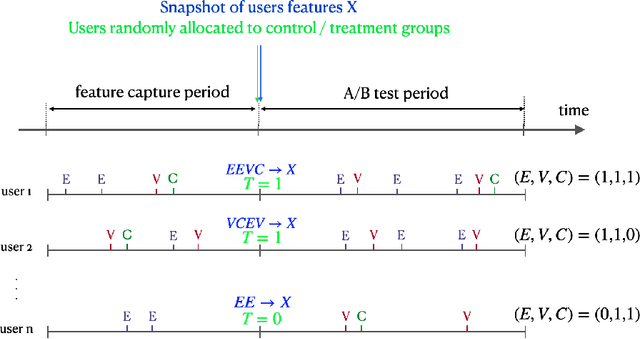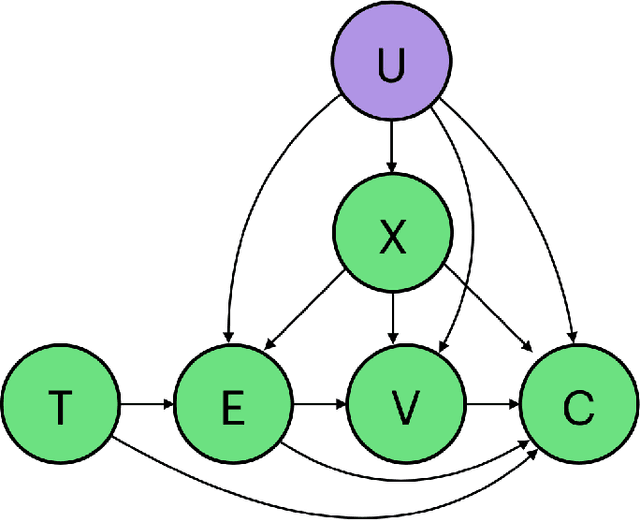Théophane Gregoir
A Large Scale Benchmark for Individual Treatment Effect Prediction and Uplift Modeling
Nov 19, 2021



Abstract:Individual Treatment Effect (ITE) prediction is an important area of research in machine learning which aims at explaining and estimating the causal impact of an action at the granular level. It represents a problem of growing interest in multiple sectors of application such as healthcare, online advertising or socioeconomics. To foster research on this topic we release a publicly available collection of 13.9 million samples collected from several randomized control trials, scaling up previously available datasets by a healthy 210x factor. We provide details on the data collection and perform sanity checks to validate the use of this data for causal inference tasks. First, we formalize the task of uplift modeling (UM) that can be performed with this data, along with the relevant evaluation metrics. Then, we propose synthetic response surfaces and heterogeneous treatment assignment providing a general set-up for ITE prediction. Finally, we report experiments to validate key characteristics of the dataset leveraging its size to evaluate and compare - with high statistical significance - a selection of baseline UM and ITE prediction methods.
Evaluating Soccer Player: from Live Camera to Deep Reinforcement Learning
Jan 13, 2021



Abstract:Scientifically evaluating soccer players represents a challenging Machine Learning problem. Unfortunately, most existing answers have very opaque algorithm training procedures; relevant data are scarcely accessible and almost impossible to generate. In this paper, we will introduce a two-part solution: an open-source Player Tracking model and a new approach to evaluate these players based solely on Deep Reinforcement Learning, without human data training nor guidance. Our tracking model was trained in a supervised fashion on datasets we will also release, and our Evaluation Model relies only on simulations of virtual soccer games. Combining those two architectures allows one to evaluate Soccer Players directly from a live camera without large datasets constraints. We term our new approach Expected Discounted Goal (EDG), as it represents the number of goals a team can score or concede from a particular state. This approach leads to more meaningful results than the existing ones that are based on real-world data, and could easily be extended to other sports.
 Add to Chrome
Add to Chrome Add to Firefox
Add to Firefox Add to Edge
Add to Edge